Visit Kaza In Spiti Valley With The Ultimate Travel Guide For 2026
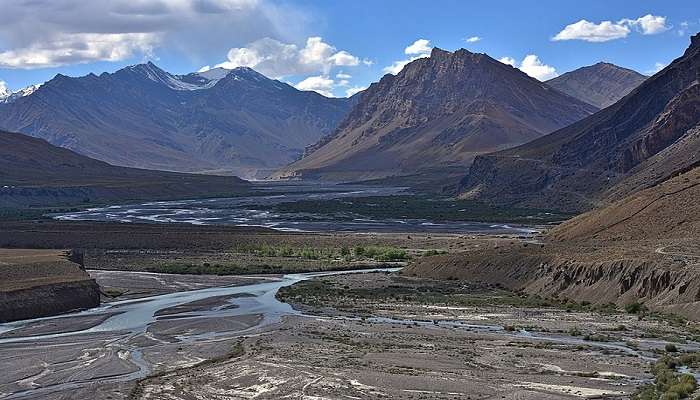
Situated along the Spiti River and surrounded by the mighty Himalayas, Kaza is one of the most beautiful destinations in the world. Kaza is located at an altitude of 3650 metres and is primarily known for its beautiful mountain terrains and pristine locales that attracts visitors from around the world. From mountain climbing to trekking, this amazing place is perfect for thrill seekers and adventurers. Looking for something peaceful? Worry not! Kaza is also home to some of the oldest and most beautiful monasteries and gompas that reflect Kaza’s lifestyle and heritage, and it offers three popular treks that connect to lovely Spiti Valley villages. So pack your bags and embark on an unforgettable journey with this complete guide to Kaza Valley in Himachal Pradesh
Climate And Best Time To Visit Kaza
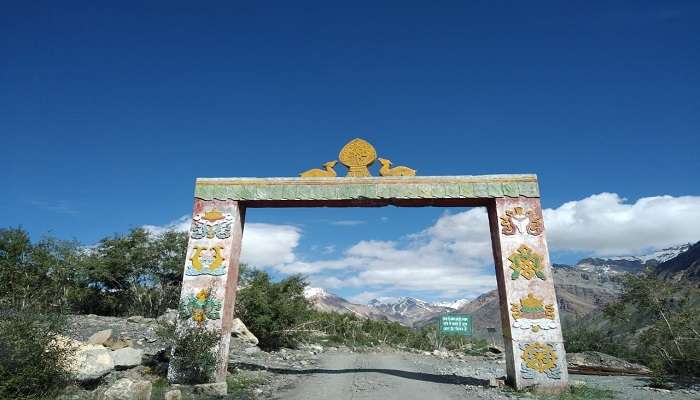
Kaza is one of the oldest towns in India. January is the coldest period of the year, with an average temperature of -25 °C at night and 0°C during the day. Between December and March, the entire valley remains buried under a thick sheet of snow and can sometimes get cut off from the rest of the country entirely if the weather turns extreme. The weather mostly remains pleasant between April and September, with moderately warm days and cold nights. July is the hottest month, with an average temperature of 10 °C.
The best time to visit Kaza is between May and September. Though it remains accessible from Kinnaur Valley throughout the year, the Manali route is open only from June until early October. A visit in these months will allow you to complete the entire circuit and visit all of the tourist places in Spiti Valley.
Also Read: Places To Visit In Kaza
Things To Do In Kaza
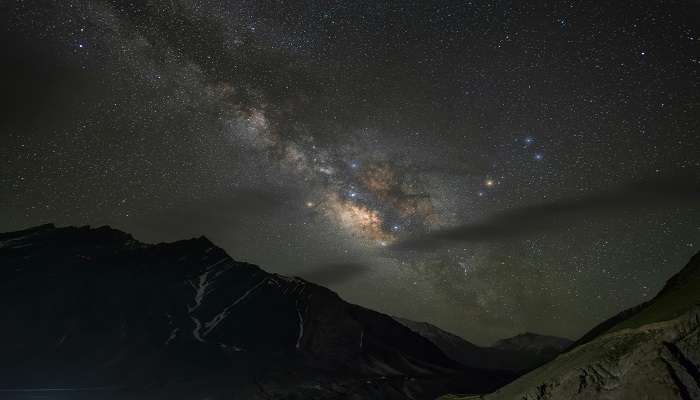
Whether it is trekking or stargazing, Kaza has something for everyone. So here are some amazing things to do in Kaza Himachal Pradesh you cannot miss:
Trekking: If you are an adrenaline junkie, Kaza is home to a wide variety of trekking routes that provide tourists with mesmerising views and unmatched thrill. Whether you are a beginner or a seasoned veteran, Kaza has something for everyone. Some of the best-known treks are the Parang La Trek and the Pin Parvati Trek.
Camping: What’s better than spending a night in tents under the beautiful skies of Kaza? Experience the true serenity and soul of this mesmerising destination. There are several camping sites in and around Kaza where you can have a look at the beautiful sceneries of Spiti Valley.
Mountain Biking: Perfect for adventurers looking for that extra edge, mountain biking is one of the best activities that one can enjoy in Kaza. The sceneries and breathtaking views coupled with rough and uneven surfaces make for one of the best things to do in Kaza Himachal Pradesh
Stargazing: Kaza is a great place for stargazing and astrophotography. The remote location and the clear Kaza Himachal Pradesh weather make it the perfect place to see the Milky Way, planets, and millions of stars with the naked eye. The best time to go stargazing in Spiti Valley is during the summer months, from May to July when the skies are clear
Explore Its Local Markets: Kaza’s local markets are filled with vitality, colours and liveliness. There are items like mementoes, souvenirs, and media as well as foodstuffs, farmer’s products, and attires. It is peaceful to visit and make a purchase of souvenirs and also the people are friendly.
Places To Visit In Kaza
Several attractions in Kaza are worth visiting. Some of the most popular tourist attractions in Kaza are given below:
1. Kibber Village
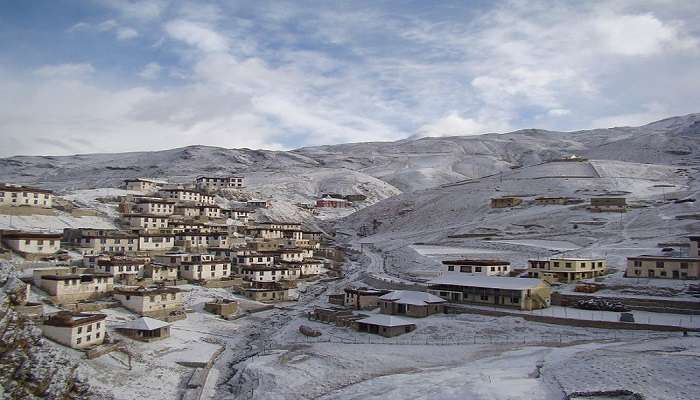
Kibber Village is located in the cold desert area of Spiti Valley, which is situated in the district of Himachal Pradesh in India. Perched at an average of 4,270 meters on the Bara Lacha Pass, it is one of the world’s highest-inhabited villages. The village also has splendid opportunities for photographers, especially in the snow-clad mountains and barren landscape. Its native structures are house of stone and mud that gives the taste of the architectural design of the area. Wildlife sanctuary is also a significant attraction as Kibber hosts a variety of wildlife, including animals like snow leopards, ibex, and Tibetan wolves. Some tourist attractions include trekking, visiting the ancient monasteries and the warm attitude of the people of Bhutan.
Location: Kibber, Himachal Pradesh, 172114
Distance from Kaza: 19 km
2. Key Monastery

Key Monastery is one of the most famous and essential Buddhist monasteries on a hill in the Spiti Valley in Himachal Pradesh. Known to have been established around a thousand years ago, it is one of the biggest and oldest monasteries within the area. It is an intense centre of Buddhism, being prayers and teachings, and possesses several ancient books, paintings and idol images. It would be possible for them to observe the daily routine, join people in the prayer, and see other monastery halls.
Location: Key Monastery, Pinjoor, Himachal Pradesh 172114
Distance from Kaza: 14 km
Related Posts: Things To Do In Kaza
3. Dhankar Lake
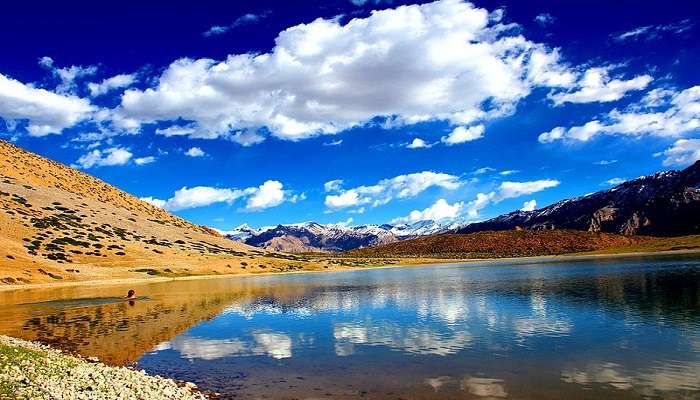
Dhankar Lake is another offbeat destination near Dhankar Monastery in the Spiti Valley, surrounded by high-altitude mountains. One can consider it a relatively moderate but enjoyable trek, offering intact and remote landscapes in exchange for mild difficulties. The lake lies about 4270 meters (14,000 feet) above sea level and is ringed by mountains and desolate plains. The water of Dhankar Lake is turquoise blue, which makes it stand spectacular on the backdrop of the brown mountains. Visitors get great opportunities to see the mountains changing their colour at the offbeat destination of Dhankar Lake when on the Spiti Valley Trek.
Location: Dhar Nipti, Himachal Pradesh 172113
Distance from Kaza: 33 km
4. Tabo
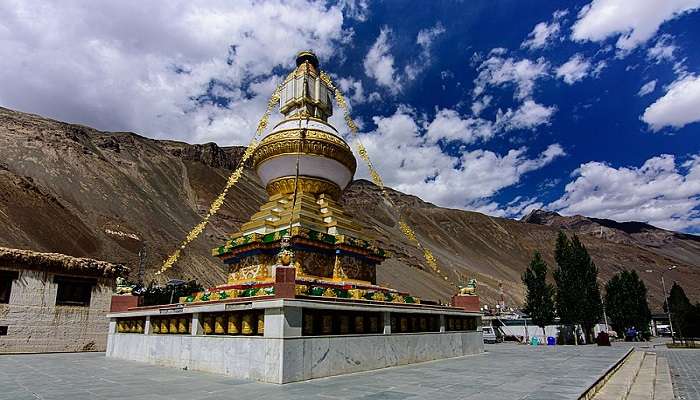
Tabo is a picturesque village in the daunting Spiti district of Himachal Pradesh. It is famous for the Tabo Monastery, known as the ‘Ajanta of the Himalayas,’ originally constructed more than a millennium ago and acclaimed for its splendid Buddhist art and aura. Intersecting its walls are impressive frescoes, vibrant Thangkas (Buddhist paintings), and murals depicting various aspects of Buddhist philosophies.
Location: Tabo, Himachal Pradesh 172113
Distance from Kaza: 48 km
Related Posts: Bon Monastery
Festival Celebrated in Kaza

The Ladarcha fair is perhaps the most significant or the most looked forward to the Spiti Valley festival in Kaza in July. In earlier days, it flagged off near Kibber village, where traders of Ladakh, Rampur and other parts of Lahaul–Spiti used to swap their goods. Later on, when the trade activities of the Tibetese traders were barred, the sight of this fair was shifted from Kibber to Kaza, the headquarters of Spiti Valley.
People from Lahaul Spiti, Ladakh, and other states gather in thousands to enjoy Ladarcha. Special cultural programs, including music and dance troupes and archery contests, are witnessed as part of the festivities. Ceremonially, a prayer is conducted in Kaza Monastery to signify the festival’s closing.
How To Reach Kaza
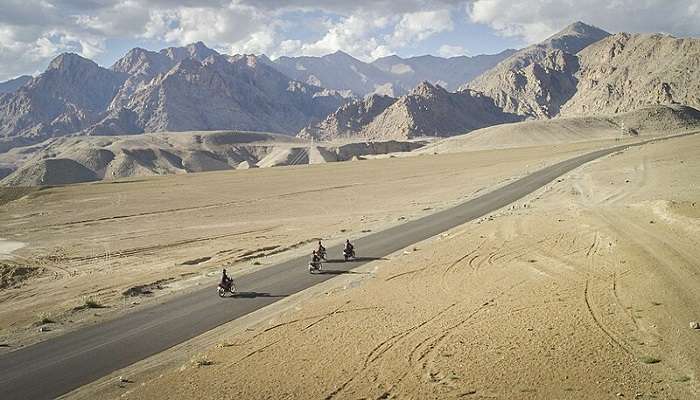
By Road: The town of Kaza is well linked to all the significant parts of the country through Road Networks. Kaza has ordinary, substandard government buses that fly to and from the area. Two buses are available for this route, one starting earliest in the morning and the other starting in the evening. There are two HRTC daily buses from Manali to Kaza, and both usually depart early.
By Air: The nearest airport tourists can use to approach Kaza is the Bhuntar airport, which is approximately 250 kilometres away from the town. After arriving at this airport, one can take a bus to get to Kaza.
By Rail: Joginder Nagar railway station is the nearest railway station to the town and it is located 365 kilometres away. As you get here, you can board a bus to get there.
You May Also Like To Read: Homestays In Kaza
Kaza is a little town tucked away in the Spiti Valley, and it’s a total must-visit with its jaw-dropping landscapes and ancient monasteries that’ll make you feel like you’ve stepped back in time. Get in for an adventure you’ll never forget! Discover the magic of this Himalayan treasure. Book your trip to Ladakh now to make some epic memories!
For our editorial codes of conduct and copyright disclaimer, please click here.
Cover Image Credit: Timothy A. Gonsalves for Wikimedia Commons
Frequently Asked Questions About Kaza
How are the dining facilities in Kaza?
Kaza has a couple of eating joints which are restaurants and cafes providing traditional ‘Tibetan and Himachali food and some North Indian dishes. One should order local dishes that are momos, thukpa, butter tea and other Tibetan dishes that would suit the palate.
What should I carry when I am going to Kaza?
Clothing that is appropriate for colder climates if attending during winter, suitable footwear for hiking in monasteries and trekking, hat, sunglasses and sunblock because of high altitudes and any medication for viral infections.
Why is Kaza famous?
Kaza is primarily known for its colourful festivals and the Sakya Tangyd Monastery.
How is the road condition to Kaza and is it motorable during the monsoons?
Newspapers, magazines and other publications should warn visitors that there are washed-out roads to Kaza, especially the Manali or Shimla roads during the monsoon period from July to September. Therefore, it is always important to check the road's status before one embarks on travelling.
What precautions do I need to take to avoid/overcome high altitude sickness while on tour to Kaza?
There are preventive measures available for high altitude sickness in Ladakh– first and foremost, one has to gradually familiarize oneself with the altitude upon arrival, drink plenty of water, avoid alcohol and heavy meals and the necessity of such medications like Diamox (acetazolamide) should be decided by a physician.
Spiti Valley Hotels Places to Visit in Spiti Valley Spiti Valley Trek

With a passion for exploring and travelling to the roads long forgotten, experience the world through enthralling stories and adventures. Join me as I share my experiences at some of the world’s most popular tourist destinations and quench that pestering curiosity with something exciting!











